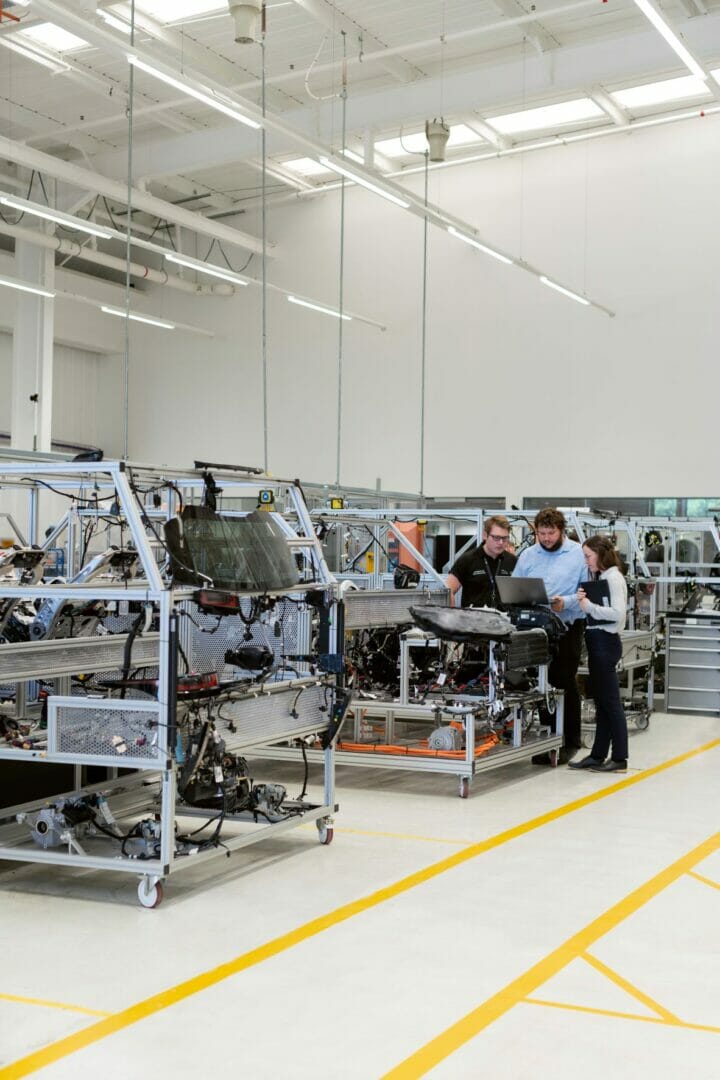Turn off the aircon, limit printing, separate waste — these are all good tips for office workers, but what about the factory floor? Resources on how to engage employees in green initiatives tend to focus on white collar jobs, but engaging the production departments is just as important. Here Neil Ballinger, head of EMEA at automation parts supplier EU Automation, shares some tips.
The world’s eyes are turned to COP26, the 26th UN Climate Change Conference, which this year was hosted in Glasgow. Aim of the conference is to accelerate the implementation of strategies that will help the world reach the ambitious goals of the Paris Agreement, including the achievement of net-zero by 2050.
While the majority of consumers are already adopting a more sustainable lifestyle, manufacturers must do their part to ensure that productivity targets are met without worsening the already concerning climate emergency.
To do that, green initiatives must be implemented company-wide, without silos and divisions between teams and departments. It is paramount that everyone is board and fully committed to a sustainable agenda, regardless of their job title or level of seniority. So, what can manufacturers do to engage employees on the factory floor in their green initiatives?
A clear plan
It’s hard to be motivated if we don’t understand the value of what we’re doing. That’s why, to get employees on board, manufacturers must ensure that they are aware of the sustainability targets that the company is striving to achieve.
For example, if managers decide to fit all the factory’s motors with variable speed drives (VSDs) and soft starters to reduce energy consumption, the implementation and maintenance of these devices can create extra work for employees. However, if employees know that the company is aiming to reduce its energy consumption by 20 per cent and that VSDs and soft starters heavily contribute to this target, they will understand the bigger picture and feel part of the collective effort to improve the factory’s carbon footprint.
Sharing sustainability targets is also important in terms of retaining and attracting employees. Millennials and Gen-Z candidates are becoming increasingly aware of the climate emergency and want to work for companies that have their futures at heart.
Data training
Training your employees to understand the value of big data — and why the company is gathering them — is a great contribution to your sustainability agenda. By uncovering patterns and extracting valuable information from raw data, employees on the factory floor can contribute to making decisions that reduce the factory’s carbon footprint.
For example, if a machine operator notices that the electric motor in an industrial pump is consuming more energy than it should, they can alert the maintenance manager of a possible blockage in the pump. This could save the motor and prevent it from landing in a landfill, thus contributing to the reduction of e-waste, while limiting the plant’s energy consumption.
Machinery as common good
In 2018, 49.8 million tonnes of e-waste were produced worldwide. If nothing changes, this could grow to 120 million tonnes by 2050. Manufacturers must do their bit to ensure that industrial equipment doesn’t reach the landfill prematurely.
For example, employees should be trained to complete easy maintenance tasks that contribute to keeping the existing machines in operation for as long as possible, such as regularly cleaning electric motors’ filters and enclosures to avoid the accumulation of dust and debris.
We should promote the idea that legacy machines, when they still conform to the latest regulations on energy consumption, can be easily repaired with the help of a reliable automation parts supplier, and that there is no reason to upgrade the factory’s systems if these are still performing to the desired standards.
By having a clear picture of the factory’s sustainability targets, employees on the factory floor can offer a great contribution by spotting inefficiencies and taking care of equipment to extend its lifespan.
For more tips on sustainable manufacturing, visit EU Automation’s Knowledge Hub.








